When it comes to vehicle safety, there are many tasks you shouldn’t ignore. Motor oil is important; experts suggest replacing it about every 3,000 miles. If your tires wear out, not only will they provide a very bumpy ride, but they may also suffer a blowout, putting you and your passengers at risk.
But few would argue at the top of the safety list is your car braking system. The head of the Car Care Council said it best when he stated, “If brake service is neglected, you’re gambling with your safety, and the safety of your passengers and other drivers.”
For all those reasons and more, it’s important to keep a brake check checklist handy, and refer to it from time to time to ensure your car’s braking system is operating the way it should. It’s the best way to keep you and those around you safe and secure.
A good brake check inspection will allow you to recognize when things go wrong, as well as allow you to take action before bigger problems arise. If you have an older car and you haven’t paid much attention to the brakes lately, do this now.
Step 1: Schedule a brake inspection
A car’s brake system is made up of a variety of different components.
- The brake master cylinder pushes hydraulic fluid into the brake lines. Most master cylinders have two components for safety reasons, one section to control the front brakes, the other for the rear brake. It works by controlling the amount of hydraulic fluid released in order to maintain the pressure used to slow down the vehicle.
- The brake rotor (or brake drum on older cars) spins while the car is operating. The brake pad and caliper push against the brake rotor to cause friction necessary to slow down and stop the vehicle.
- In a disc brake system, the brake pad and caliper are used to control the speed by pressing up against a spinning brake disc. Brake calipers provide a clamping force that pushes the brake pad against the rotor.
- The alternative to this is a brake shoe that is used for slowing and stopping drum brakes. The brake shoe rubs against the interior of the drum brake to control speed.
- The brake pedal is the connector to give you control of how much pressure is applied within the braking system.
- Many vehicles today are equipped with an anti-lock braking system (ABS). Each wheel has a sensor that detects how fast each wheel is spinning. If your wheels lock and one or more wheel spins at different speeds, the ABS module turns on to help you safely control and stop your car. This is run by an ABS module that programs the speeds and keeps the system working.
- Brakes lines move brake fluid throughout the system to allow ease when you tap on the brakes.
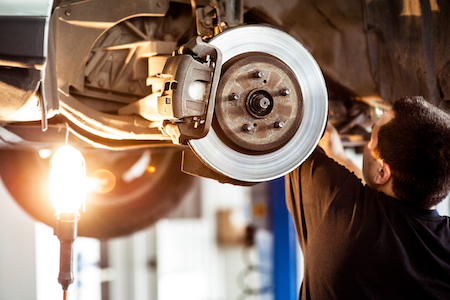 While these are the main components of the braking system, there are many more parts that go into making up each individual component. If any of these parts wear down, break, or leak, it can put your braking system in jeopardy.
While these are the main components of the braking system, there are many more parts that go into making up each individual component. If any of these parts wear down, break, or leak, it can put your braking system in jeopardy.
When you schedule a brake inspection, a mechanic will look at the entire braking system thoroughly. They move through the entire process, ensuring parts are in good condition, fluid is at the right levels, and every piece is working as it should. If you’re heading out on a road trip, this is an important step before you leave to give you added insurance your car is safe for the road.
Step 2: Never ignore warning signs
As a part of your brake check checklist, you should become aware of how your vehicle runs when it’s working at its best. How does it act? How does it sound?
Being aware of what your car sounds like in good working condition will help you pick up on the signs when something goes bad.
Do you hear a squealing, squeaking, or grinding noise? The brake pads are built with an internal indicator to create sound when they reach the end of their lifespan. They provide you with plenty of warnings to schedule an appointment and get your car in for servicing. A grinding noise might also mean dirt or debris has made its way into the brake line, and is causing havoc somewhere within the system. Bringing it in for servicing will allow a mechanic to thoroughly inspect the brakes and make corrections as needed.
Do you feel a vibration in the steering wheel? It could be uneven rotors. As the brake pads apply pressure to each of the four rotors, unevenness will send shockwaves through the system, and present itself as wobbling or a vibration.
Do you notice a spongy or soft brake? Over time, it can take more pressure applied to the brake pedal to slow and stop your vehicle. This could be a leak in the brake lines, or a problem with the master cylinder. This is also a sign you should schedule servicing as quickly as possible.
Do you smell something burning? If your brakes overheat as you use them, they have a sharp chemical smell you can’t miss. If your brakes get too hot, it can cause brake failure, meaning you’ll be driving without braking assistance. It’s important to pull over to safety immediately, and get your brake system checked out.
Step 3: Use your brakes correctly
This sounds almost obvious, but some drivers consistently put too much pressure on their vehicle’s braking system.
Speed is the enemy. If you drive too fast, follow too closely, and often find yourself slamming on the brakes, you’re putting too much pressure on the brake system. You’ll replace brake pads and other parts more frequently than if you slow down and drive less aggressively.
Coast when you can. Don’t hurry up just to stop again. And avoid being a two-footed driver. Having constant pressure on the brake pedal means your brake pads wear out that much faster.
If the brake warning light illuminates, don’t ignore it. Schedule your appointment with a mechanic today.
Step 4: Find a mechanic you can trust
While a trip to the service station often ends with you spending money on car repair, if you get to know your local mechanic, you can work in partnership to keep your vehicle safe.
If you have any questions about how to extend the life of your brake system, and how to get the most out of the parts you install, we’re here to provide the answers. Just call.

 If you hear a knocking noise from the engine, it could mean your engine is low on oil. Low oil isn’t something to avoid as it can cause serious issues with your entire engine compartment. As an engine operates without proper fluid levels, the various components start failing. If the rod bearings fail, for instance, you might be replacing your engine soon. When you hear the noise, take note of where it’s coming from and how frequently you hear it. Bring it in as soon as possible to stop the problem from increasing.
If you hear a knocking noise from the engine, it could mean your engine is low on oil. Low oil isn’t something to avoid as it can cause serious issues with your entire engine compartment. As an engine operates without proper fluid levels, the various components start failing. If the rod bearings fail, for instance, you might be replacing your engine soon. When you hear the noise, take note of where it’s coming from and how frequently you hear it. Bring it in as soon as possible to stop the problem from increasing.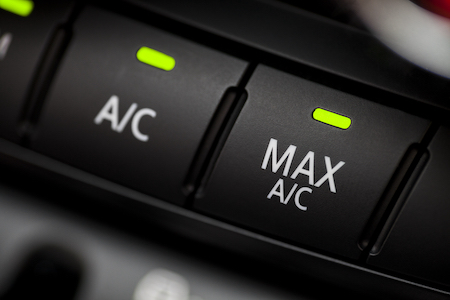 It’s there that this high pressure liquid is allowed to expand and become a low pressure liquid that enters the loop system and into the evaporator located in your car’s interior. The refrigerant moves from liquid to gas form once again as the evaporator takes in the heat from the inside of your car.
It’s there that this high pressure liquid is allowed to expand and become a low pressure liquid that enters the loop system and into the evaporator located in your car’s interior. The refrigerant moves from liquid to gas form once again as the evaporator takes in the heat from the inside of your car. As you’re running errands, you’ve probably come across two separate types of car repair shops in your neighborhood: national brands, and locally owned shops.
As you’re running errands, you’ve probably come across two separate types of car repair shops in your neighborhood: national brands, and locally owned shops.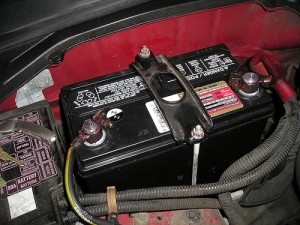 Chances are you’ve had the power go out in your neighborhood at some time, and you know how helpless that can make you feel. No lights, no microwave oven, no cold refrigerator, it’s like living in another century!
Chances are you’ve had the power go out in your neighborhood at some time, and you know how helpless that can make you feel. No lights, no microwave oven, no cold refrigerator, it’s like living in another century!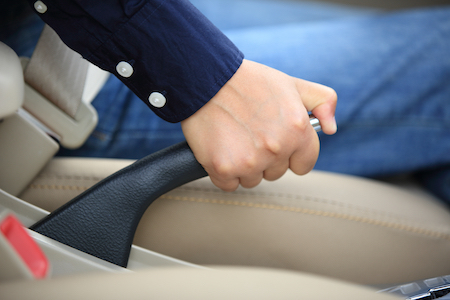 Your vehicle’s brakes are designed to bring your car to a stop. The more pressure you apply to the brake pedal, the more tension is transferred from the brake pad to the wheel, slowing your car until it eventually stops.
Your vehicle’s brakes are designed to bring your car to a stop. The more pressure you apply to the brake pedal, the more tension is transferred from the brake pad to the wheel, slowing your car until it eventually stops.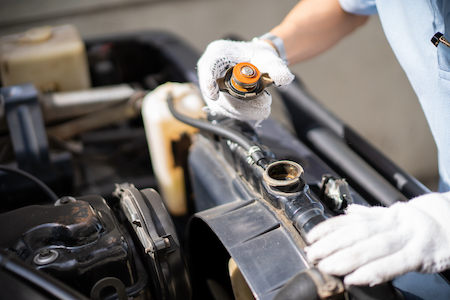 Drop in coolant levels, rise in temperature – do you keep an eye on your temperature gauge? You should. You’ll notice it remains relatively static as you drive. Coolant levels rise and fall based on engine temperature. It adjusts to keep your engine at a constant level. A quick drop in coolant levels can be a good indicator there is a leak somewhere in the system. If you think there may be a leak, fill the reservoir back up with coolant, and recheck it after a few days of normal driving. Watch the temperature gauge during this time. Does it lose fluid? If so, bring your car in for inspection as quickly as you can.
Drop in coolant levels, rise in temperature – do you keep an eye on your temperature gauge? You should. You’ll notice it remains relatively static as you drive. Coolant levels rise and fall based on engine temperature. It adjusts to keep your engine at a constant level. A quick drop in coolant levels can be a good indicator there is a leak somewhere in the system. If you think there may be a leak, fill the reservoir back up with coolant, and recheck it after a few days of normal driving. Watch the temperature gauge during this time. Does it lose fluid? If so, bring your car in for inspection as quickly as you can.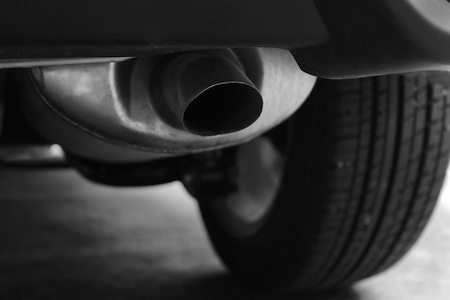 A muffler isn’t designed to reduce the noise. Instead, it combines the sound waves inside a closed chamber, and makes them cancel one another out.
A muffler isn’t designed to reduce the noise. Instead, it combines the sound waves inside a closed chamber, and makes them cancel one another out. A driver who uses his or her ears has a leg up on those who don’t. Noises, in addition to helping us to be aware of traffic, can also give us clues to potential problems in our vehicles. One noise to pay special attention to is growling.
A driver who uses his or her ears has a leg up on those who don’t. Noises, in addition to helping us to be aware of traffic, can also give us clues to potential problems in our vehicles. One noise to pay special attention to is growling.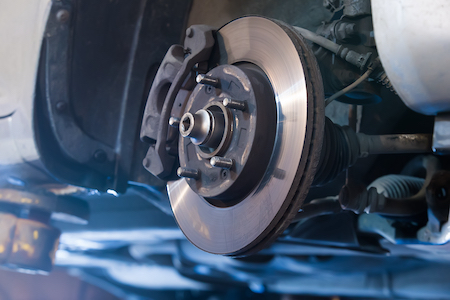 ABS icon lights up
ABS icon lights up